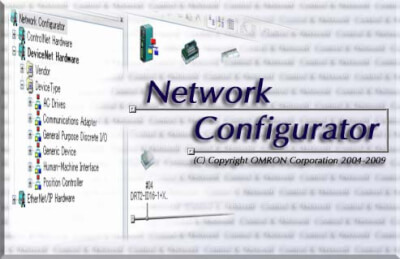1. EXECUTIVE SUMMARY
-
CVSS v3 7.3
- ATTENTION: Low skill level to exploit
- Vendor: Omron
- Equipment: Network Configurator for DeviceNet
- Vulnerability: Untrusted Search Path
2. RISK EVALUATION
Successful exploitation of this vulnerability could allow an attacker to achieve arbitrary code execution under the privileges of the application.
3. TECHNICAL DETAILS
3.1 AFFECTED PRODUCTS
The following versions of Network Configurator for DeviceNet Safety are affected:
- Network Configurator for DeviceNet Safety 3.41 and prior
3.2 VULNERABILITY OVERVIEW
3.2.1 UNTRUSTED SEARCH PATH CWE-426
The application searches for resources by means of an untrusted search path that could execute a malicious .dll file not under the application’s direct control and outside the intended directories.
CVE-2019-10971 has been assigned to this vulnerability. A CVSS v3 base score of 7.3 has been calculated; the CVSS vector string is (AV:L/AC:L/PR:L/UI:R/S:U/C:H/I:H/A:H).
3.3 BACKGROUND
- CRITICAL INFRASTRUCTURE SECTORS: Critical Manufacturing
- COUNTRIES/AREAS DEPLOYED: Worldwide
- COMPANY HEADQUARTERS LOCATION: Japan
3.4 RESEARCHER
The researcher with the handle n0b0dy sent information to NCCIC, leading to the discovery of this vulnerability.
4. MITIGATIONS
Omron is planning on releasing an update that mitigates the issues in the near future.
Omron has recommended applying the following workarounds for mitigation:
- Remove or restrict directories listed in the PATH environment variable.
- Ensure system directories are writable only by administrators, which is Windows’ initial configuration.
- Operate Windows PCs with a standard user (non-administrator) account. Administrator accounts should be used only when necessary.
- Ensure there are no untrusted files in the directory where the application is installed.
- Confirm no untrusted files exist in the same directory before double-clicking project file or copying the project file to a trusted directory or a newly-created temporary directory.
NCCIC also recommends that users take the following measures to protect themselves from social engineering attacks:
- Do not click web links or open unsolicited attachments in email messages.
- Refer to Recognizing and Avoiding Email Scams for more information on avoiding email scams.
- Refer to Avoiding Social Engineering and Phishing Attacks for more information on social engineering attacks.
NCCIC reminds organizations to perform proper impact analysis and risk assessment prior to deploying defensive measures.
NCCIC also provides a section for control systems security recommended practices on the ICS-CERT web page. Several recommended practices are available for reading and download, including Improving Industrial Control Systems Cybersecurity with Defense-in-Depth Strategies.
Additional mitigation guidance and recommended practices are publicly available on the ICS-CERT website in the Technical Information Paper, ICS-TIP-12-146-01B–Targeted Cyber Intrusion Detection and Mitigation Strategies.
Organizations observing any suspected malicious activity should follow their established internal procedures and report their findings to NCCIC for tracking and correlation against other incidents.
No known public exploits specifically target this vulnerability. This vulnerability is not exploitable remotely.
Source:
https://ics-cert.us-cert.gov/advisories/ICSA-19-134-01


Stay connected